The Panchkot Dynasty’s Purulia Palace was built by Chinese masons – GetBengal story
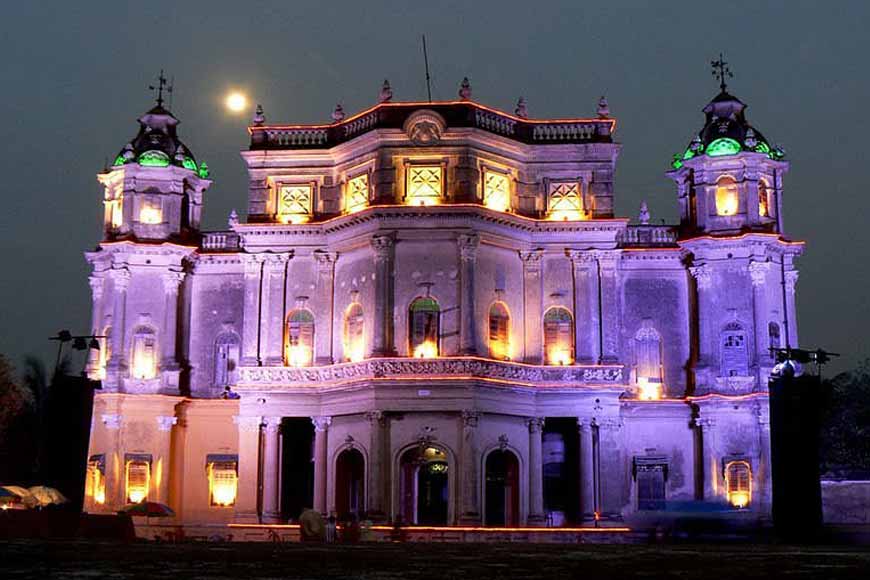
Purulia district, known for its striking red and green forests, is a popular tourist destination in West Bengal. Come autumn, thousands of tourists flock to Purulia every year to soak up the peaceful ambience and rejuvenate themselves amid the natural beauty of the undulating land with scattered hills. The charm of Ayodhya, Matha, and Kuilapal forests, the natural waterfalls and tribal habitations of Ajodhya Hills and Bagmundih, Pakhi Pahar, and Joychandi Pahar, dams like Panchet, Murguma, and Futiari, and heritage buildings like the Panchakot Raj Palace attract people to this ancient land. Purulia district forms the lowest step of the Chhota Nagpur Plateau, which is a storehouse of valuable rocks and minerals of Precambrian origin (the Precambrian begins with the formation of the Solar System 4.57 billion years ago and extends to the beginning of the Cambrian 540 million years ago).
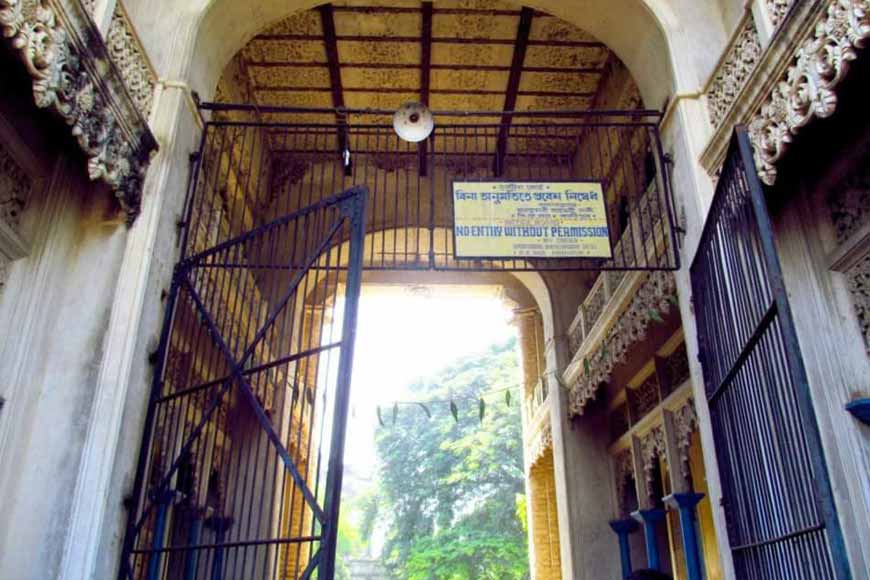
Tourism in the district also centres on archaeological excavations and relics of ancient structures and temples. Purulia has attained its present status after undergoing massive changes in the territory over decades from what was known earlier as Vajra Bhumi. According to the archaeological surveys, relics, and inscriptions (Jaina Bhagavati-Sutra) that have been deciphered till date, Purulia was a significant part of the territory of the 16 Mahajanapadas in circa 5th century A.D. Vajra-Bhumi (present-day Purulia) in mediaeval times included the whole of the present state of Jharkhand. Vajra-Bhumi underwent several changes, and the entire district has continued to exist as fragmented sections controlled by several kings.
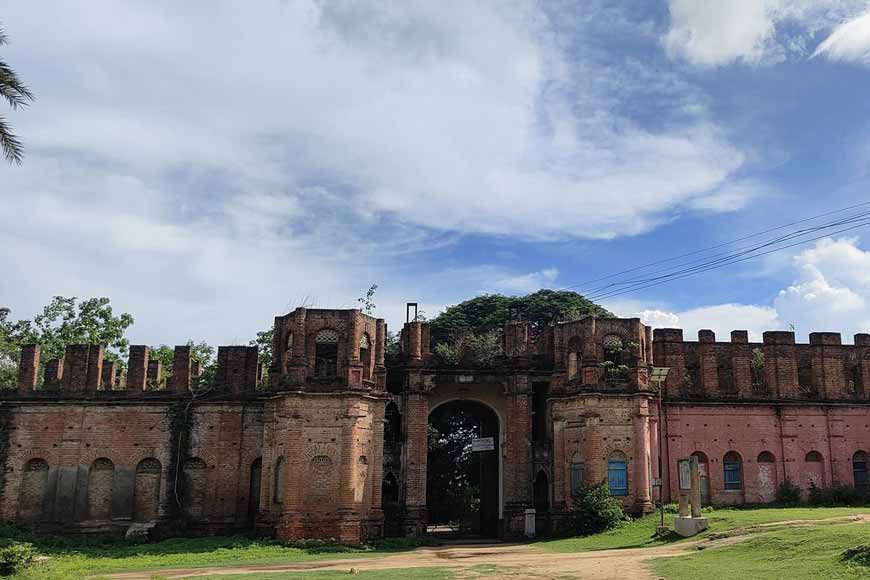
Damodar Shekhar established the Panchkot Royal Dynasty in 80 AD, making it the oldest dynasty in Manbhum Purulia, also known as the “Shikhar Tum” dynasty. He belonged to the Kurmi Mahato community. The Panchkot Dynasty governed for 1,900 years without a break, starting in 80 AD and ending in 1972. During this extended period, the capitals of the kingdom underwent seven changes: Kalna, Para, Garh Panchkot, Maharajnagar, Rambani, Kesargarh, and lastly, Kashipur.
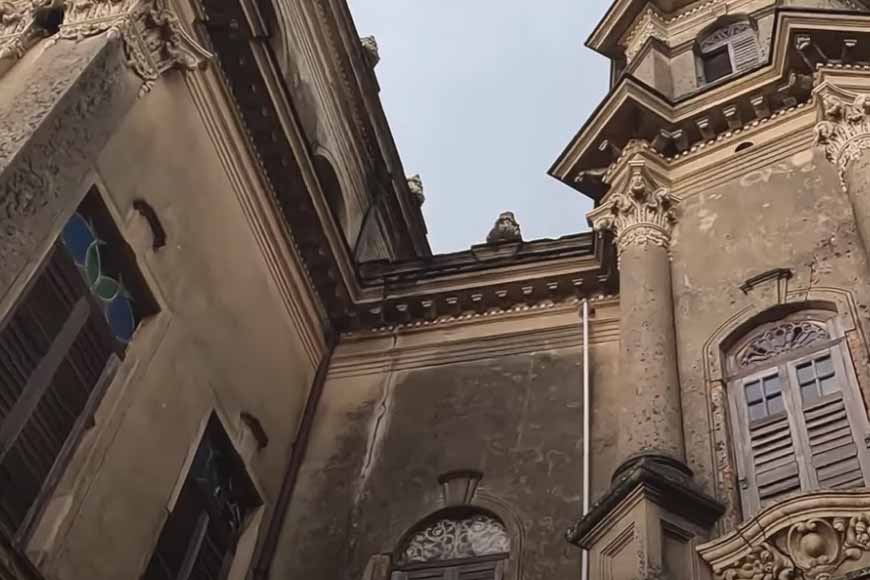
Around 1750 AD, the Panchkot Raj family shifted to Kashipur following repeated attacks by the Bargis. The Maratha (Bargis) invaded western Bengal six times, from August 1741 to May 1751, and raided and plundered villages at random. This compelled the Panchkot Royal family to shift its capital to Raghunathpur, a safer place. Since then, the family has been residing in the sprawling Kashipur Rajbari. Kashipur Palace is a renowned heritage site in Purulia. It is located about 25 kilometres from Purulia and seven kilometres from Adra. Maharaja Neelmoni Singh Deo, of the Panchkot dynasty, was the first ruler of Kashipur. Kashipur Rajbari is rich with history. Vast areas of South Bengal once belonged to this kingdom, with several townships emerging from land donated by the King of Panchkot.
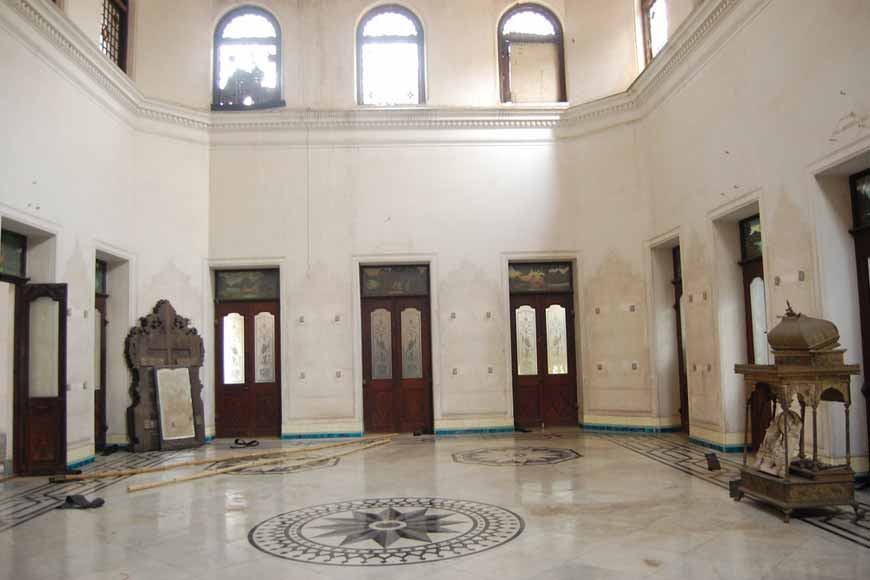
His great-grandson, Maharaj Jyoti Prakash Singh Deo, ascended the throne in 1901 at the age of 20. He was a great philanthropist, and his contribution to the development of Manbhum Purulia’s civilisation is immeasurable. He set up an English school and a charity hospital in Kashipur. He also established and developed health services like Purulia Lady Dufferin Hospital, District Sadar Hospital, Leprosy Hospital, a veterinary hospital, etc. He was granted the title of Raja as a personal distinction in 1912.
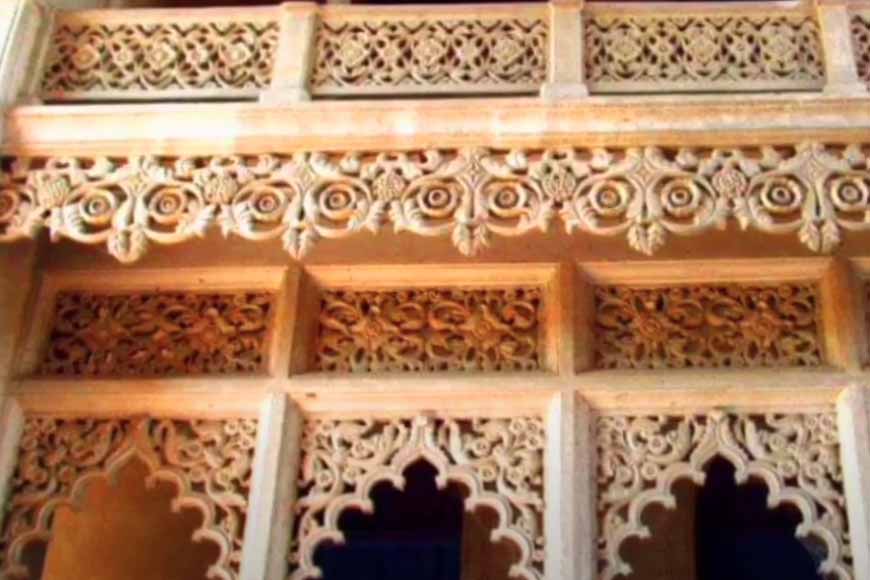
India has a long history of commercial coal mining, covering nearly 220 years, starting in 1774 in the Raniganj Coalfield along the western bank of the river Damodar. The Dhanbad-Asansol area was under Maharaj Jyoti Prakash’s kingdom, so he was given ‘royalty’ by the East India Company as coal was extracted. In 1916, Jyoti Prakash Singh Deo started building the beautiful Rajbari in Kashipur. He made structural changes to the old palace in Kashipur and built new wings in Bammani Mauza. He commissioned masons from China to construct and re-design the palace. It took 12 years to complete the work. The Maharaj imported huge chandeliers from Belgium and got them installed in the Durbar Hall.
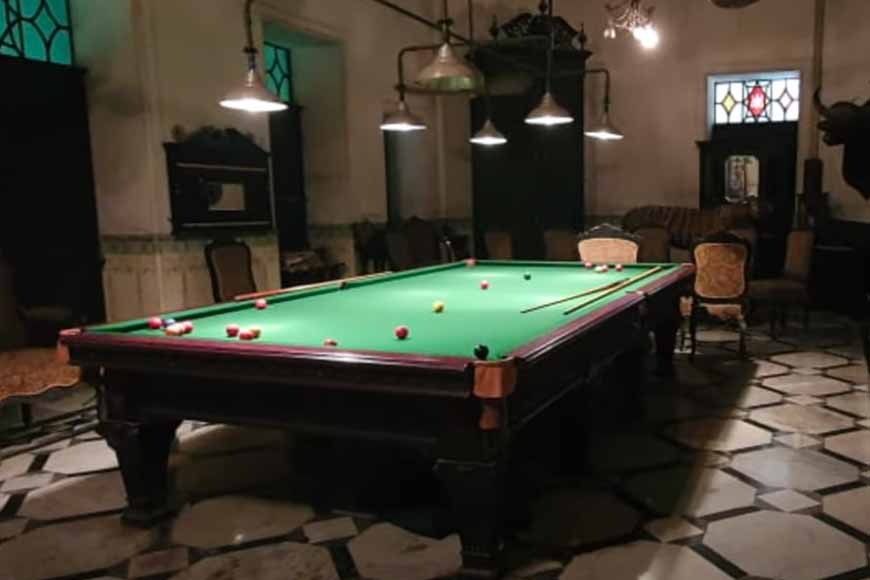
Jyoti Prakash launched a light installation in the palace by generating hydroelectricity from the water of the Damadar Dam. He also introduced a water transportation system to the palace through pipes. On January 15, 1931, the Lieutenant Governor of Bengal and Odisha, H.H. Baillie, and his wife, Lady Baillie, visited Kashipur to inaugurate the bridge over the Beko River between Kazipur Waj, built by Jyoti Prakash. He also built a temple at Kashipur dedicated to the deity worshipped by the royal Panchkot dynasty for generations. Festivals like Durga Puja, Rash, and Dol Jatra (Holi) were celebrated with great pomp and ceremony when the Panchkot dynasty rulers reigned. Jyoti Prakash Singh Deo founded the Swaraswat Samaj, a centre for art and culture.
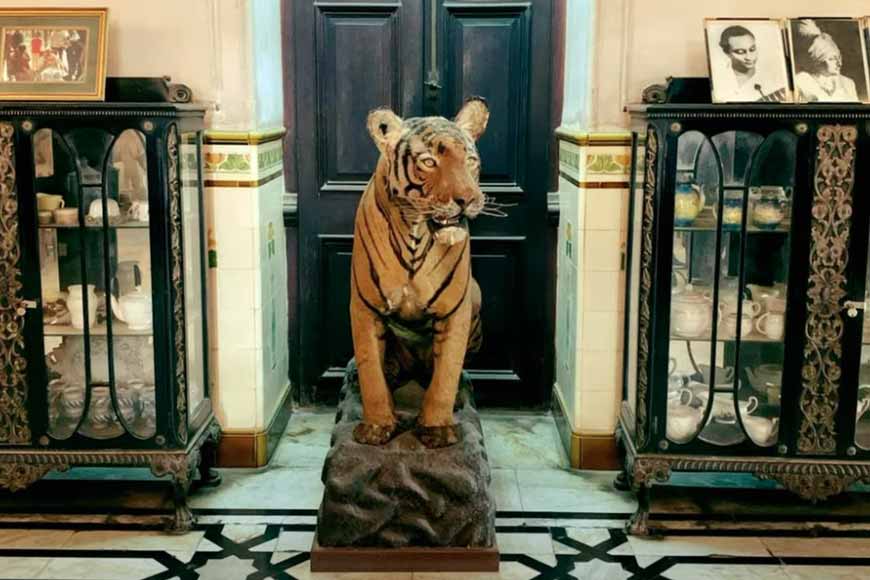
The tastefully decorated palace with glass paintings, marble stone statues, and taxidermy mounts of tigers, lions, deer, etc. are a feast for the eyes. Weapons used by the kings during wars, like swords, spears, etc., are also on display. No member of this dynasty lives in the palace at present except the current princess. She handles all the responsibilities of the Kashipur Rajbari with her retinue of attendants. Entry to the palace is strictly prohibited for the masses. However, a portion of the stately home is made accessible to all during the annual Durga Puja festival. The colourful history of Purulia is incomplete without the inclusion of the Panchkot dynasty rulers and their last bastion, the Kashipur Rajbari. There is huge potential for tourism around this palace, and if the possibilities of transforming Kashipur Rajbari into a tourist spot, something akin to Jhargram Rajbari, can be initiated, it will become a major tourist draw and a place of interest for history buffs as well.










